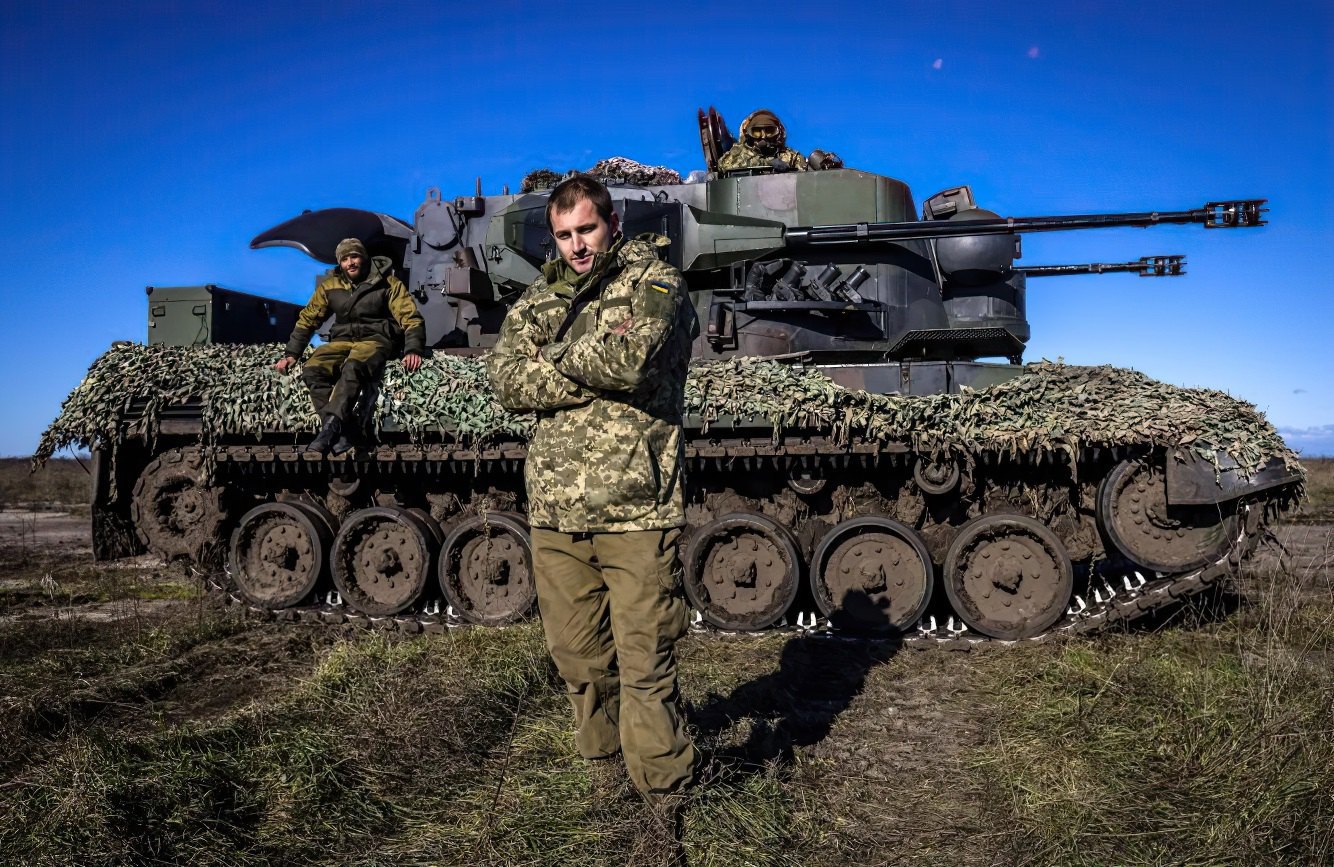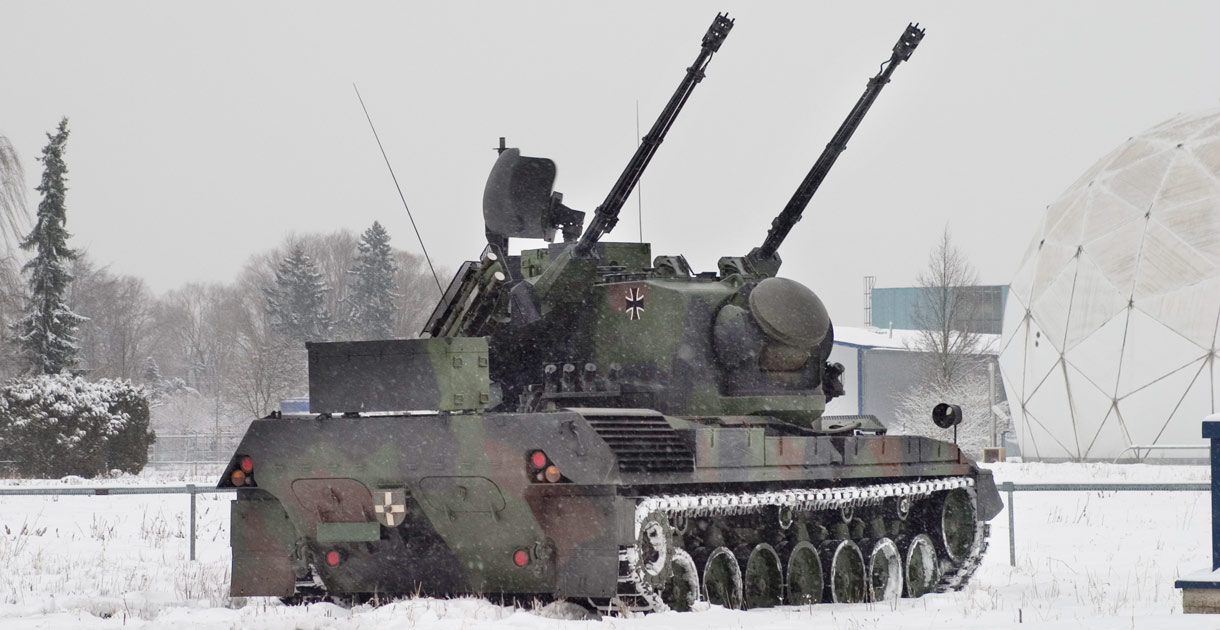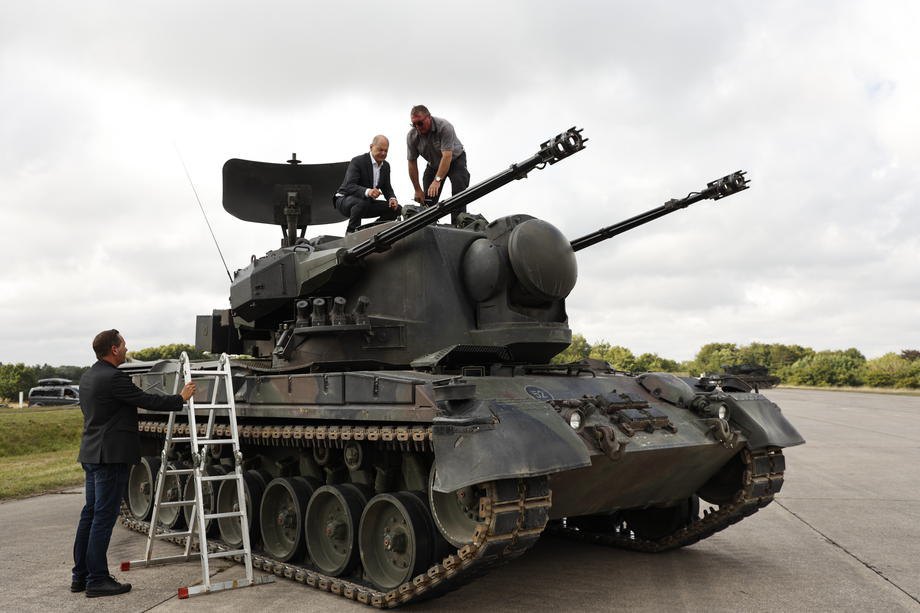
Practical improvements are also expected: the system may be enhanced to distinguish between Shaheds equipped with decoys and those carrying a payload, reducing the number of shells needed per target. It is also highly likely that efforts will be made to reduce the radar’s visibility.
The emphasis is on increasing the vehicle’s survivability and reducing ammunition costs, given that the necessary shells are not produced in Ukraine. This would help preserve the existing stock of delivery vehicles.
Meanwhile, Russia is preparing for the mass production of jet-powered Shaheds and has openly stated its intentions. Their main advantage is speed, which could prevent mobile groups and anti-aircraft drones from reacting in time.
It would be ideal to equip the Gepards with short-range missile launchers to engage targets beyond the line of sight using radar data. However, the Germans have refused to pursue this due to the high costs, making it unlikely that such research and development will take place during this campaign.
The delivery of the Gepard exemplifies how the West responds when quick decisions are needed.
When it became evident that an alliance of hostile nations was forming and Iranian piston-engine UAVs posed a serious threat, Ukraine was supplied with outdated self-propelled guns equipped with 35 mm cannons taken from storage.

The Gepard was designed for precisely this type of warfare - countering large numbers of subsonic attack aircraft and helicopters, for which Germany lacks sufficient missiles.
The German approach is evident: a chassis from the Leopard 1, a robust tank, barrels standardised across multiple branches of the armed forces, and modernisation efforts continuing into the late 1990s.
Initially, three dozen units were provided, then four dozen, reinforcing the last regiments before their decommissioning.
More continued to be found - shipments surfaced from Qatar and Jordan. The Jordanian units, in particular, are undergoing major repairs and modernisation with U.S. mediation. Now, discussions are underway about acquiring Belgian vehicles from storage.
In the future, more than a hundred self-propelled Gepards will be in service. The system has proven effective, often bringing down three to five Kalibr or X-101 missiles along with half a dozen Shaheds in a single engagement.
The three regiments planned for deployment are an essential force - without them, the fight against waves of loitering munitions would look significantly worse.
They have demonstrated their effectiveness near Odesa and along the Danube, where the terrain makes it harder for Shaheds and missiles to stay close to the ground, allowing defenders to concentrate fire more effectively.
Additionally, the Gepards have served as improvised control centres and reconnaissance assets for mobile groups - illuminating targets with radar and searchlights, directing fire teams, and tracking UAVs over hills or riverbeds.
Thousands of missiles have been conserved for more critical threats, such as when Russian forces attempt to overwhelm defensive sectors or when last-resort measures are required. Moscow had high hopes that Ukraine’s air defence would exhaust its Soviet-era missile stockpiles, drastically weakening its effectiveness.
However, Ukraine adapted - deploying mobile groups, developing anti-aircraft drones, forming helicopter hunter teams, strengthening electronic warfare capabilities, and integrating Western air defence systems. As a result, Ukraine’s defences held firm, and the Gepard became a key component of this strategy.

To support this effort, Germany has launched a production line for simplified 35×228 mm shells, repurposed from Puma APCs. Initially, these rounds were simple kinetic penetrators, but later, traditional fuzed shells were introduced. The production target for last year was 150,000 rounds, with new contracts already in place.
Several hundred thousand additional shells have been ordered from Rheinmetall. Production will take place at the Unterlüß plant, where Germany has established a new manufacturing line to bypass Swiss re-export restrictions and compensate for shortages of older grooved-shell variants.
A logical next step would be to maintain the Gepard fleet by replacing worn-out barrels and engines, conducting overhauls, and upgrading systems to reduce shell consumption while improving effectiveness against jet-powered threats.







